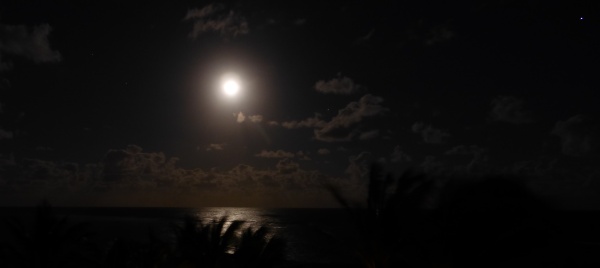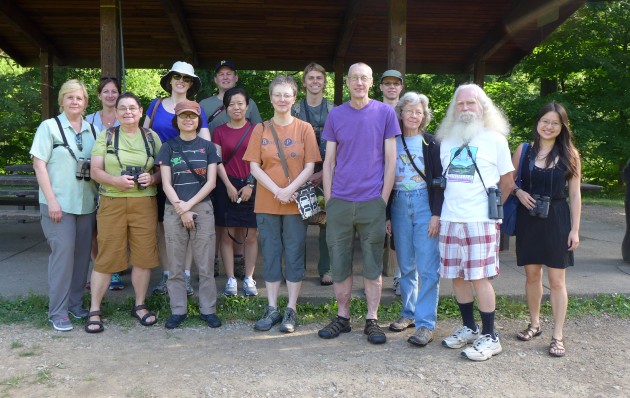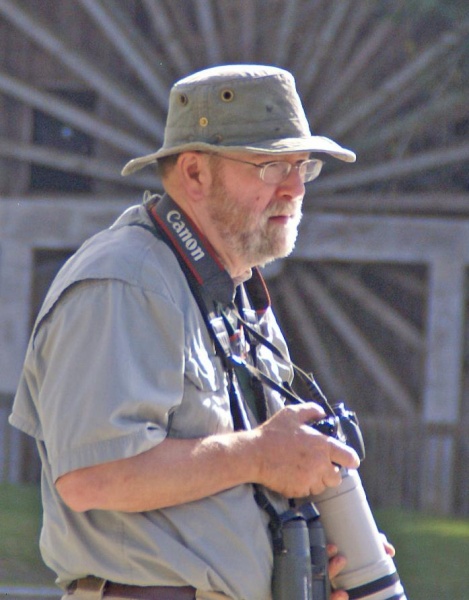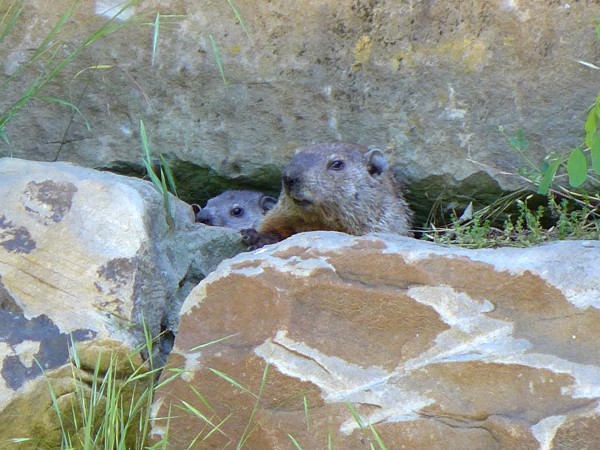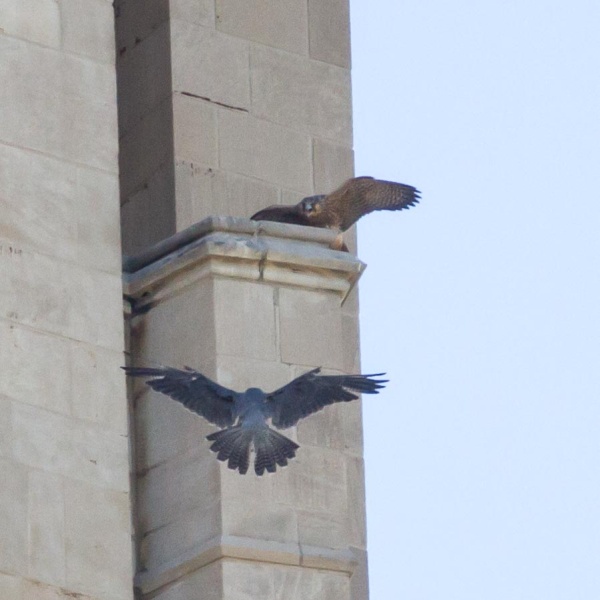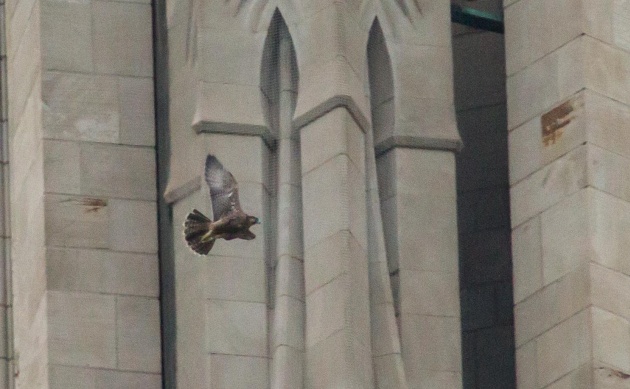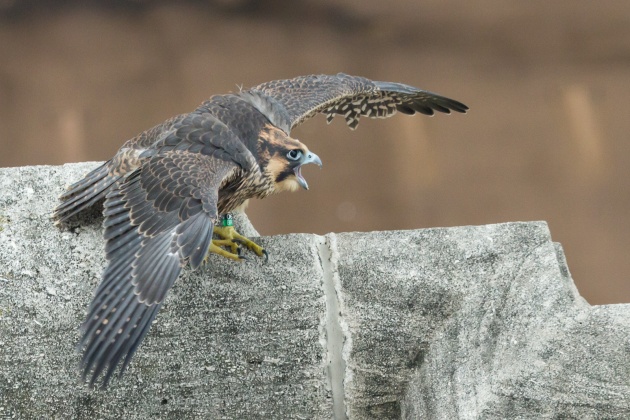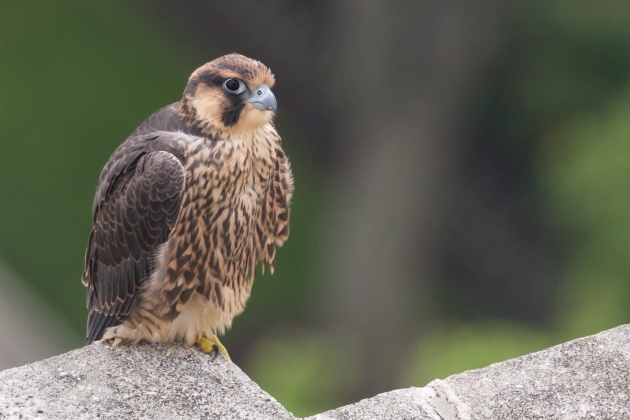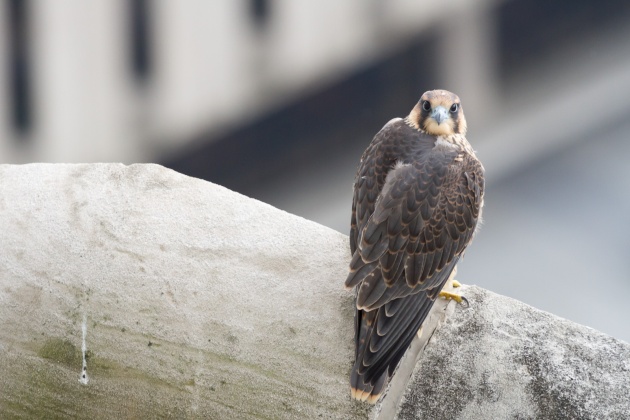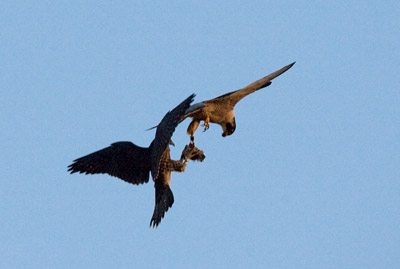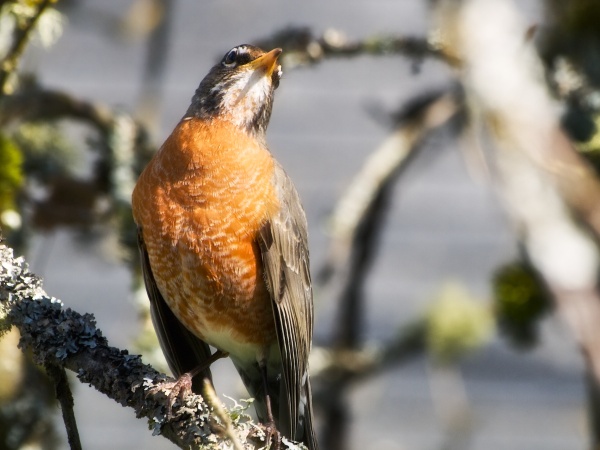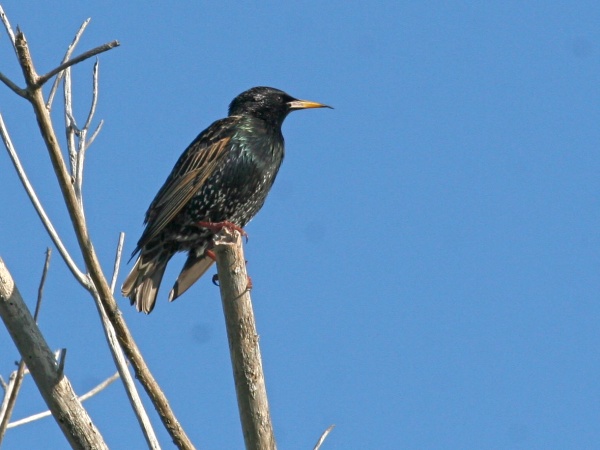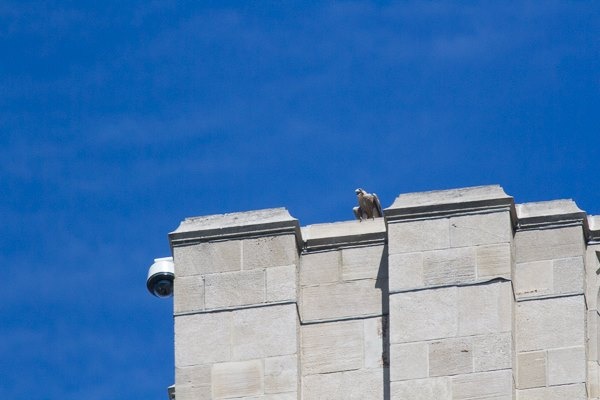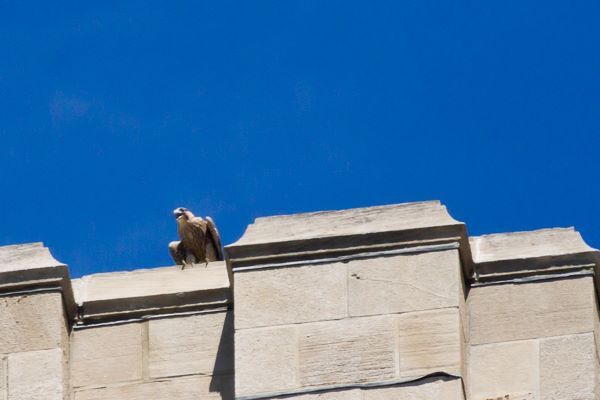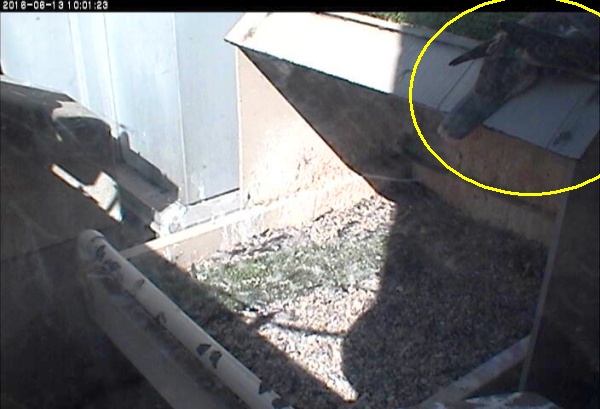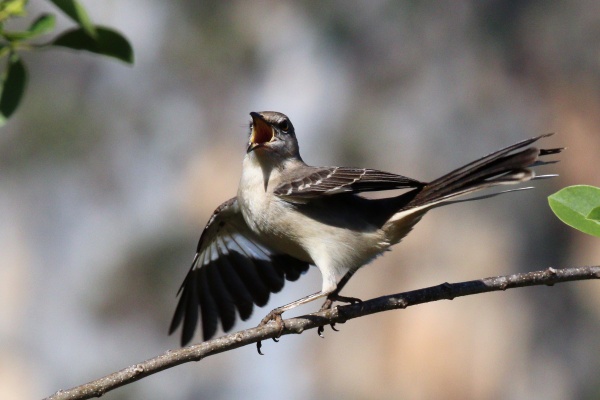
21 June 2016
This month someone in my neighborhood complained he was kept awake at night by birds singing loudly in the dark. Every song was different so he thought it was a variety of birds. Who was making that racket? It was only one northern mockingbird.
Mockingbirds are well known for nocturnal singing. The majority of those who do it are lonely bachelors trying to attract a female. They belt out their songs as loudly as possible in all directions and they prefer to do it at the most aggravating time for humans — midnight to 4:00am. Studies have shown they sing more on moonlit nights and in well-lit areas. Woe to city and suburban dwellers near street lights!
The video below, recorded at 2:00am, is understandably dark. The bird is exceptionally loud.
Over at my house there’s a mockingbird who’s definitely lonely! Will he ever stop?
Birds of North America Online says: “Typically, adults sing for approximately three fourths of the year (Feb through Aug, and late Sep to early Nov); occasionally sing during winter. … No nocturnal song occurs during the fall.”
So we wear earplugs to bed and pray that the mockingbird finds a mate. Or we’ll have to wait until August.
(photo from Wikimedia Commons. Click on the image to see the original. Mockingbird audio by SevereTStormFan on YouTube)

